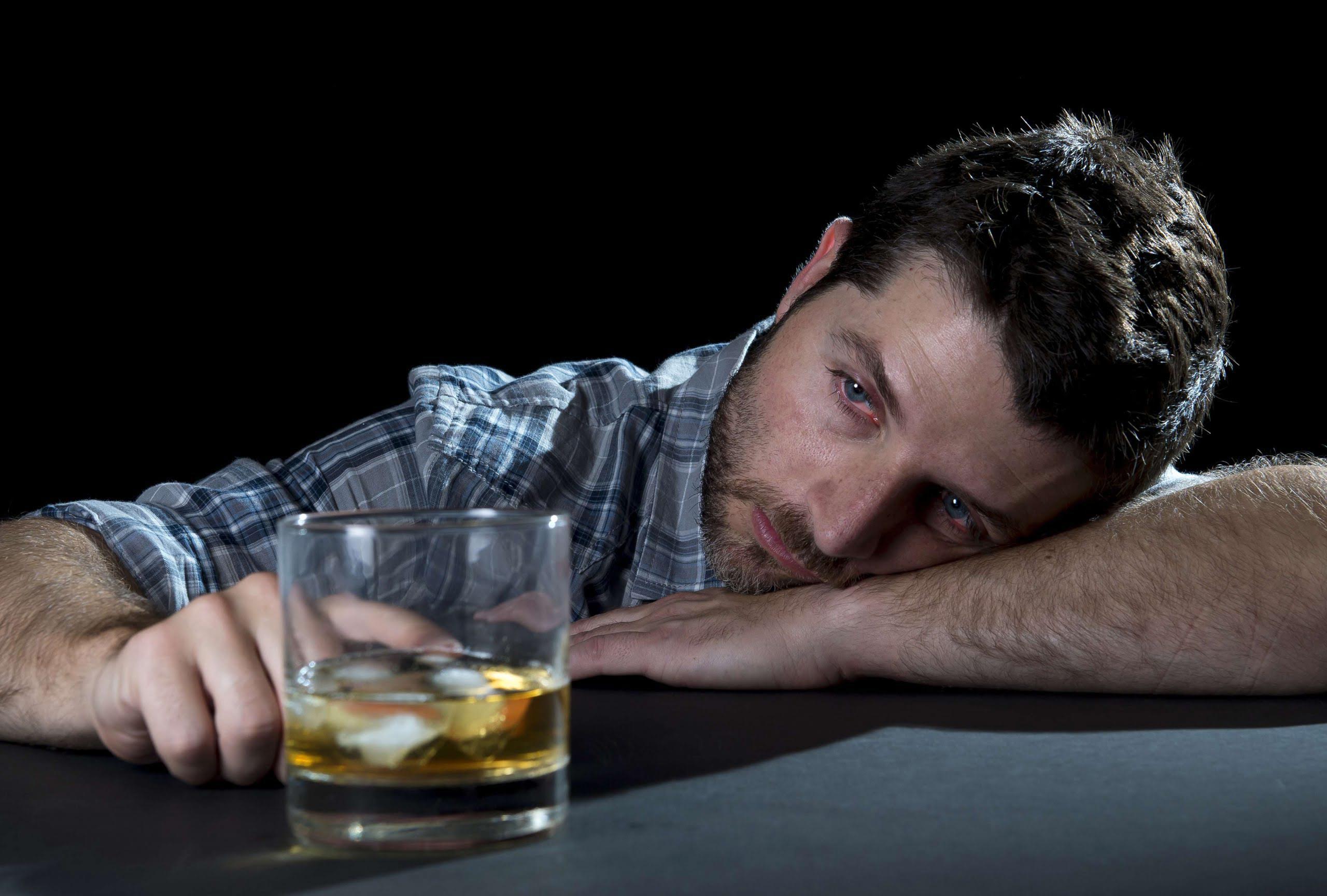By engaging in a process of self-discovery and moral inventory, individuals unravel their past experiences and lay the foundation for a sober future. However, treatment centers exist to help ensure that you are getting the right help and support necessary for overcoming your addiction. This final stage will begin with leaving the treatment center and be present for the rest of the individual’s life. The fourth stage is arguably the most important and transitional stage in the recovery process. This is because this stage is characterized by taking action outside of admitting that there is a problem.
Cognitive behavioral therapy (CBT)
As a part of Twelve Step recovery, participants make a list of all persons they have harmed and, if it won’t cause further harm, attempt to make amends. Taking an ongoing personal inventory and honestly acknowledging ways you have hurt yourself, your relationships and others is also a core Twelve Step recovery practice. Trust, acceptance, love, goodwill and forgiveness are also key components of a Twelve Step recovery model.
Caregiver Stress and Burnout

SMART Recovery is a secular alternative to 12-step programs like AA. Rather than emphasizing powerlessness and embracing a higher power, the SMART Recovery approach emphasizes viewing substance use as a habit that people can learn to control. It draws on aspects of cognitive-behavioral therapy (CBT) and helps members to build motivation, cope with cravings, change addictive thoughts, and adopt healthy habits. Through the lens of TTM and MI, the recovery process emerges as a dynamic and fluid evolution. These models recognize the cyclical nature of change, emphasizing the potential for relapses and reinforcing the importance of ongoing support. As individuals traverse the stages – pre-contemplation, contemplation, preparation, action, maintenance, and termination – the integration of motivational interviewing ensures a tailored and responsive approach.
Behavioral Changes as Core Contributors to Health
- Another variation comes from the fact that some people are uncomfortable with the specific, religious aspects of the 12-Step program.
- Behavioral therapies help people in drug addiction treatment modify their attitudes and behaviors related to drug use.
- They might have better insight as to whether a 12-step program could help you.
- If you think you may have a drinking problem, you’re definitely not alone.
There are many therapeutic approaches therapists use to meet people’s different needs. Approaching the “Step Four” in addiction recovery involves a significant challenge as it requires delving deep into one’s inner thoughts and past actions. This https://marylanddigest.com/top-5-advantages-of-staying-in-a-sober-living-house/ step demands introspection, pushing individuals to confront uncomfortable truths and embark on a path of personal growth. Recognizing addiction’s impact on various life aspects, the best programs integrate diverse rehabilitative services.
- Return to use is most common during the first 90 days of recovery.
- That knowledge is valuable by itself — it’s a reminder that a person in recovery doesn’t have to go it alone.
- The important thing is to take a look back to notice where you fell and what caused the stumble.
- During therapy, people learn essential skills that can lead to personal growth and lower risk of relapse.
- Additionally, medications are used to help people detoxify from drugs, although detoxification is not the same as treatment and is not sufficient to help a person recover.
Once you make that decision to change, however, you can begin the process of preparing to take action. Addiction leads to changes in the brain that make quitting more difficult. Fortunately, addiction is treatable and there are things that you can Top 5 Advantages of Staying in a Sober Living House do to improve your success in overcoming your addiction. Get the latest announcements on SAMHSA’s effort to address recovery support. The example here addresses the issue of compulsive gambling, but it could be repurposed for any addiction.
Addiction Treatment Programs
Contact the First Step Behavioral Health specialists now to explore our holistic rehab programs or schedule an intake assessment. Of course, overcoming addiction is never a simple nor painless journey. Here, the addict will begin to take action against their addiction and towards their recovery. This may be in terms of attending meetings, speaking with counselors or making arrangements for their recovery. They are likely to remain in this stage until a significant life event takes place that forces them to move onto the next stage of recovery.
- The First Step treatment center provides care only to women, and the facility further specializes in providing treatment to mothers of young children.
- This final stage will begin with leaving the treatment center and be present for the rest of the individual’s life.
- Steps 8 and 9 suggest that one make direct amends to them – a further step in building a more solid self, humility, compassion, and self-esteem.
- Relapse is common, but it can also be dangerous and even fatal in the case of some substances.
- While they don’t “cure” PTSD, certain medications can significantly reduce troublesome symptoms, making it easier to engage in therapy and regain control of daily life.
- Since its origin with AA, the 12-Step model has been adopted and altered by many groups to fit other programs – for addiction treatment and otherwise.
- For instance, the Usa Best Vcc seller also has posts on Pinterest, Medium, Deviant Art, and more.
- You can then apply what you learned from the first time you quit or cut down to be more successful next time.
